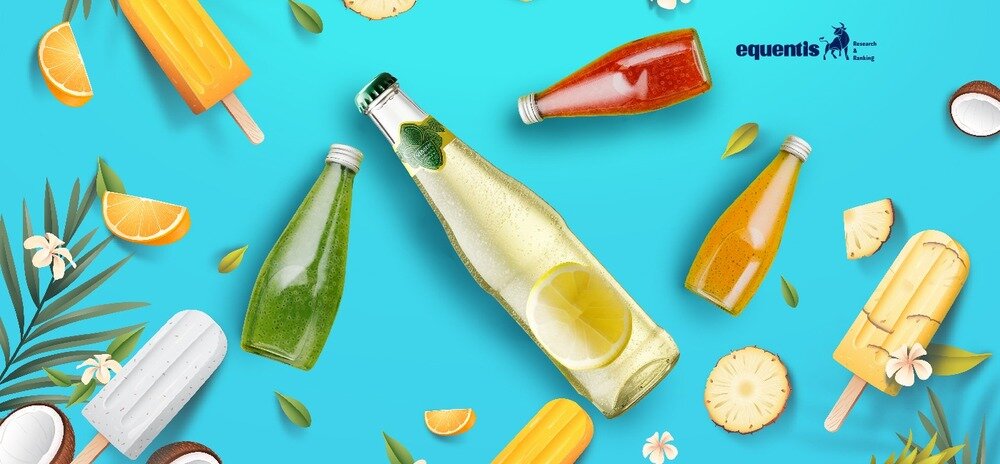Were you ever allowed to drink colas during school as a kid? No way! It was only during summer vacations when our exams were done and it was time to have fun in the sun. Fast forward to today, and despite our parents’ stern warnings and the bizarre factoids floating around—like Coca-Cola being a handy toilet cleaner or a makeshift rust remover—we just can’t seem to get enough of the fizzy stuff.
Remember those pizza parties, movie marathons, or just hanging out with friends? It’s always ‘Yehi hai, right choice!’ for that spicy, bubbly burst. Heck, there’s even a recipe for Coke Chicken Wings that’s making rounds online! While social media buzzes with love and loathing for these sugary drinks, one thing is clear: cola is here to stay.
In 2023 alone, India guzzled down a staggering 6.94 billion liters of cola, and by 2027, this number is expected to soar to 7.82 billion liters. But our love affair with these fizzy delights is far from new. It’s a story that stretches back over 150 years, filled with twists, turns, and fizz.
Also Read: Top 10 Stock Market Movies to Watch
Dive into the zesty saga of the Cola Wars in India and discover how these drinks became an unshakable part of our lives. Buckle up; it’s going to be a fizzy ride!
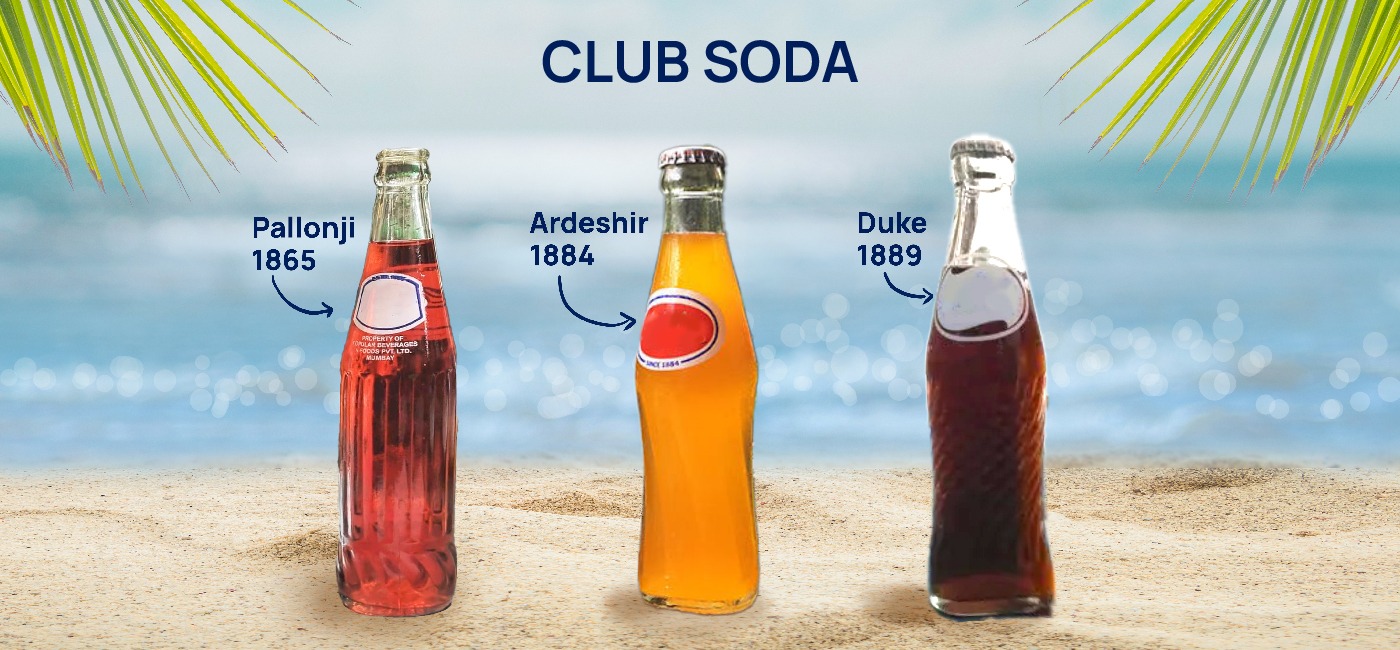
Bubbling Under in the 1800s
It all began in 1837 when chemist Henry Rogers launched Club Soda in India. Its success inspired Pallonji’s raspberry-flavored soda in 1865, followed by Ardeshir’s in 1884 and Duke’s in 1889.
While Coca-Cola and Pepsi were battling it out in the US, these domestic brands and Goli Soda (Banta) competed in India.
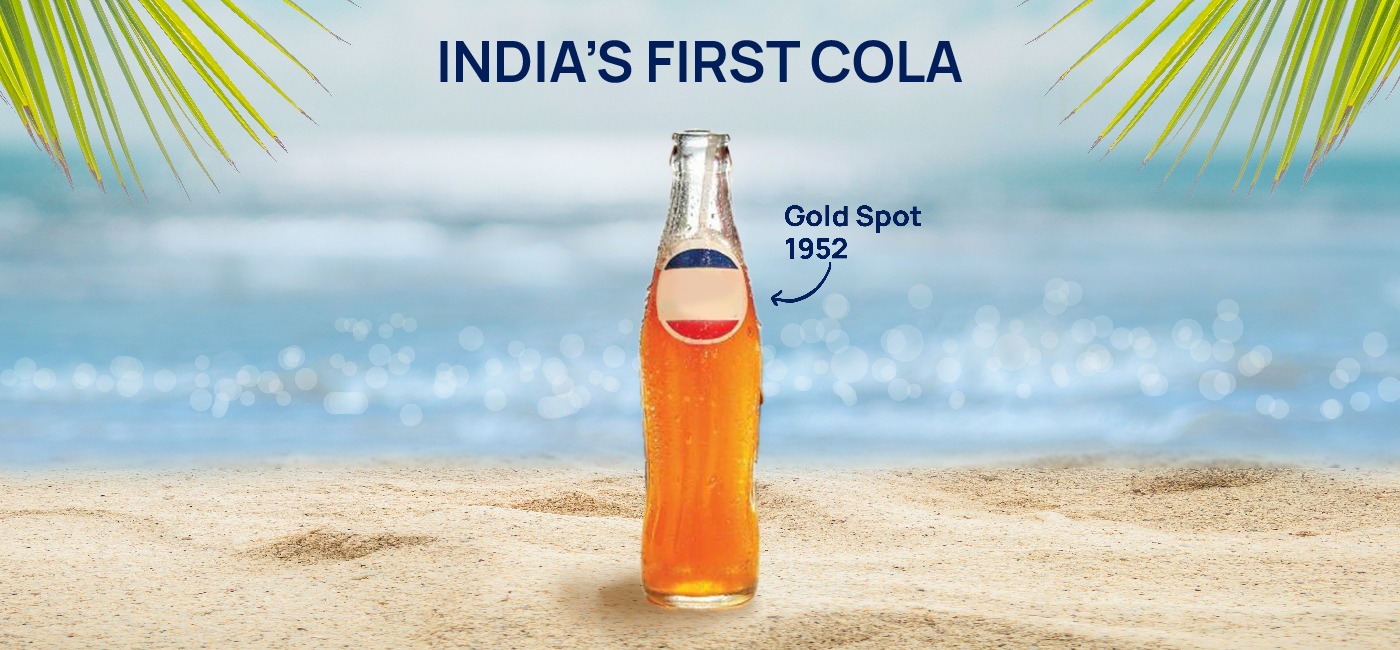
Parle Gives India its First Cola in 1950
Around the time Coca-Cola and Pepsi arrived here in the 1950s, Parle launched the first true Indian cold drink, Gluco Cola, named after Parle-G biscuits and later Parle Cola.
However, the brand was discontinued by 1951, and Parle launched an orange-flavored soda, Gold Spot, in 1952. Meanwhile, Pepsi’s sales dwindled, and Coca-Cola exited India by 1962.
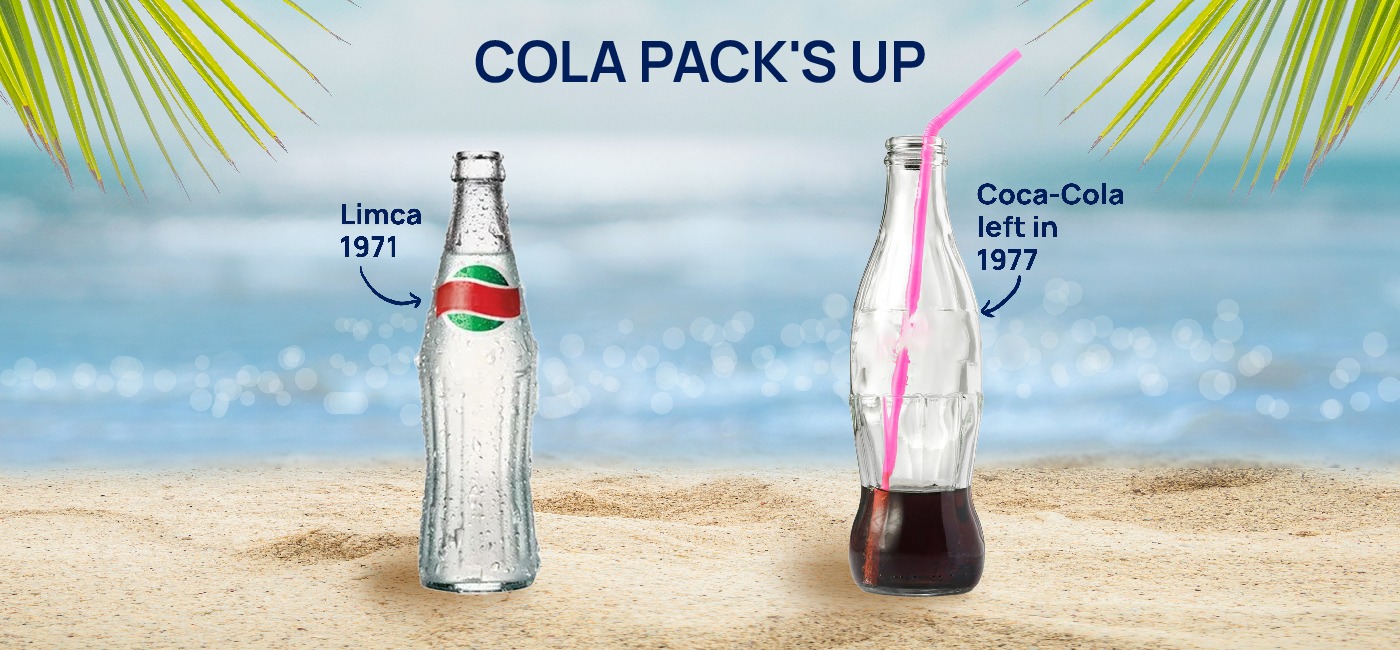
The Bubble Bursts for Coca-Cola Too
While we were drinking Parle’s lime and lemony Limca by 1971, the Government was implementing the Foreign Exchange Regulation Act (FERA) in 1973, asking foreign companies to give the country a 60% stake in their businesses.
To promote local products and nationalism, the Government also asked Coca-Cola to part with its secret formula. The softdrink giant refused, packed up, and left in 1977.
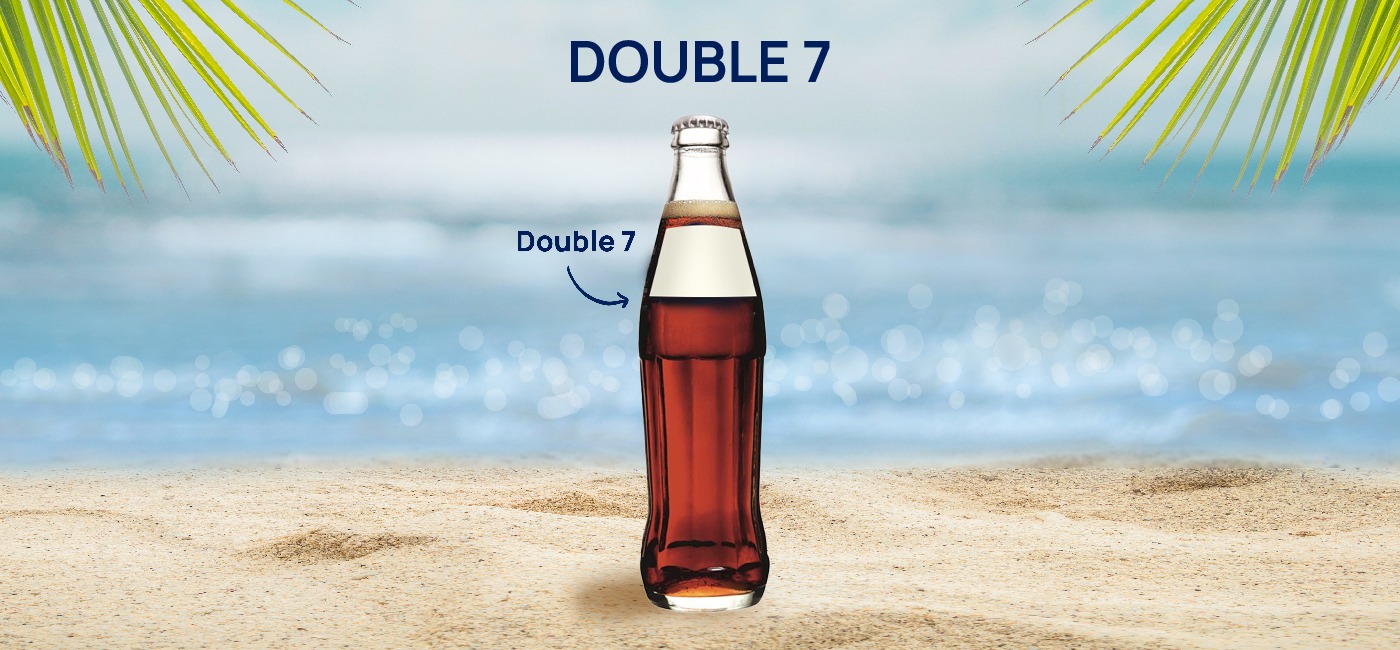
India Chooses to Be Desi Instead
As Indians craved the fizzy drink, the Government launched its brand called Double 7.
Pure Drinks joined the bandwagon with Campa-Cola, and Parle jumped into the field with Thums Up, refusing to copy Coca-Cola’s taste. The soft drink war continued, albeit with different fighters.
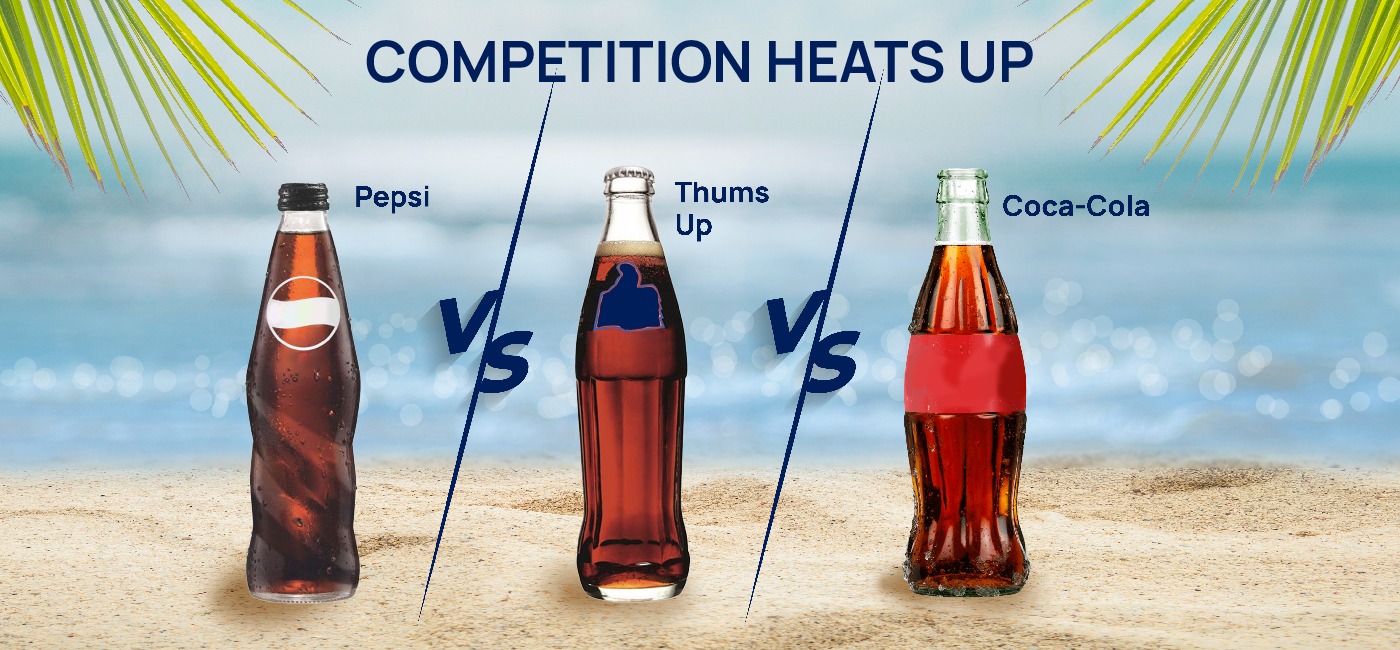
Pepsi & Cola Return
Do you know how many bottles of softdrinks people were drinking by the late 80s?
A whopping 3 billion! With our economy liberalizing, Pepsi and Coke re-entered the market in 1990 and 1993.
It was Pepsi Vs. Thumbs Up Vs. Coke. As Thums Up ruled, with 85% of the Indian market, Coca-Cola bought it for $60 million.
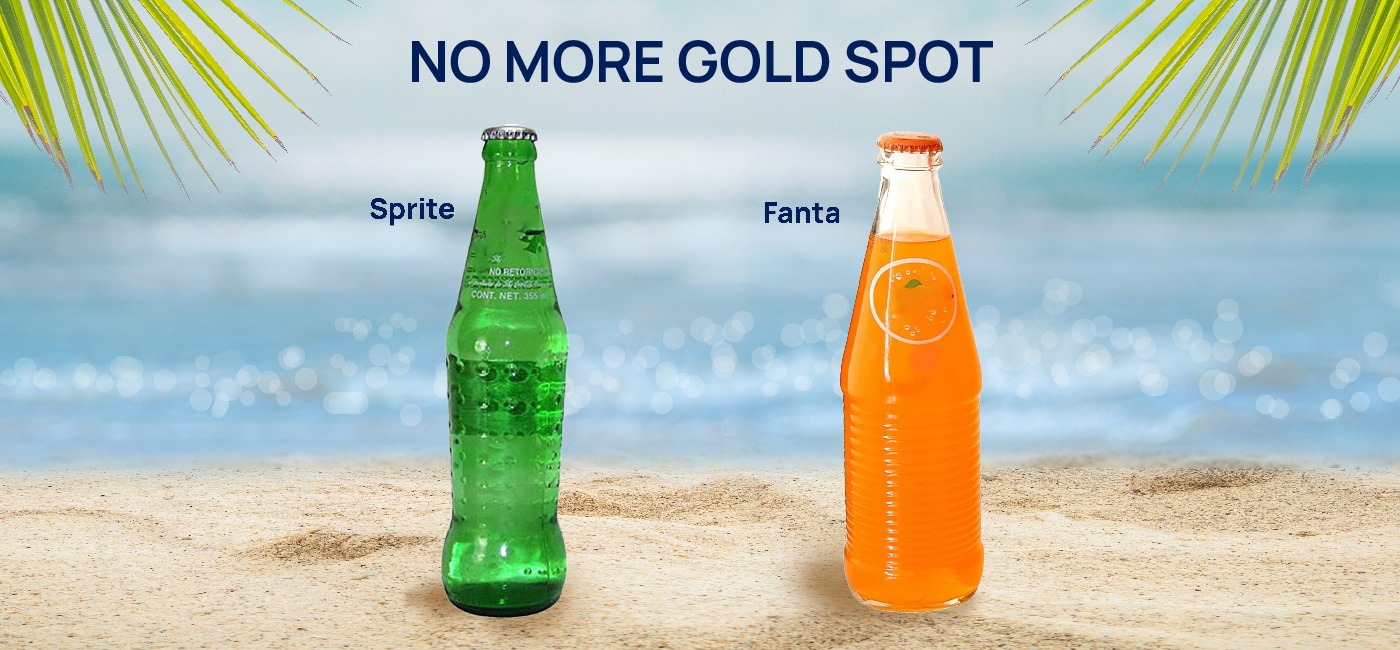
Losing Iconic Brands in 2000
In 2000, India lost two super-popular softdrinks — Coca-Cola bought Gold Spot and Citra and replaced them with Fanta and Sprite, respectively.
Psst! The buzz is that they also planned to kick out Thums Up to increase Coca-Cola’s sales.
But the country loved the thunder too much, and it stayed. The fierce competition also forced CampaCola to exit around the same time.
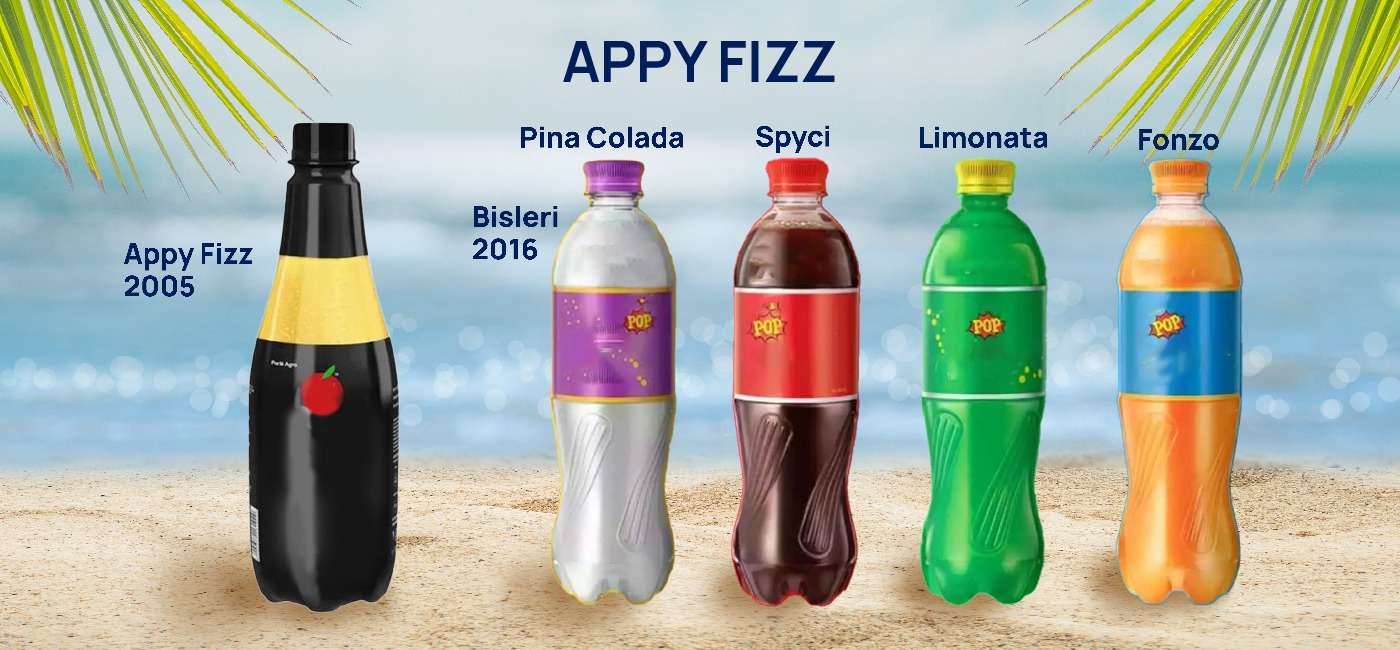
New Entrants In The Market
With cold drinks’s demand increasing in the 2000s and people turning more experimental, the softdrink roster expanded.
Parle introduced Appy Fizz in 2005, and Bisleri launched Spyci, Limonata, Fonzo, and Pina Colada in 2016.
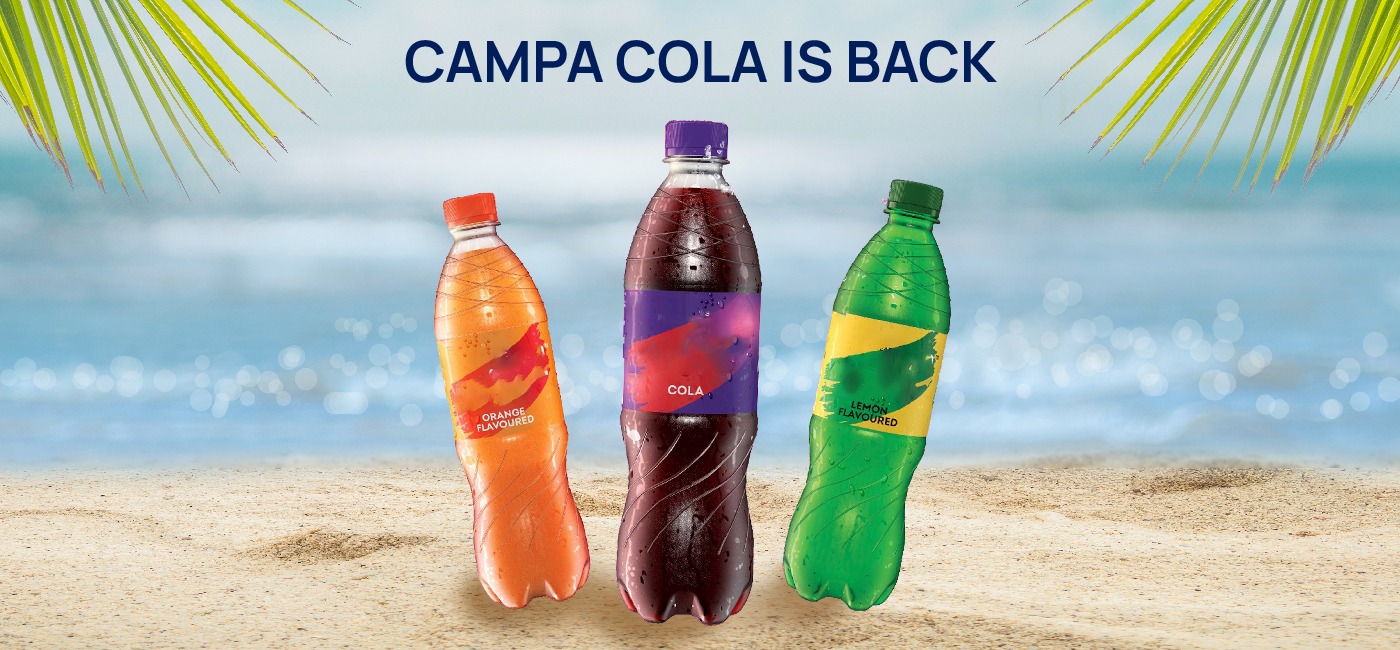
The Softdrink War is Still Hot Today
Since 2023, CampaCola has returned, bought by Reliance Consumer Products (RCPL), bringing the total size of the soft drinks segment to $8.85 billion.
The distribution of aerated soft drinks shows that India has the biggest thirst for Coca-Cola brands. The company holds a total market share of ~ 59%, followed by PepsiCo at 36%.
The rest belongs to other brands, including local softdrink makers like Bisleri’s Spyci masala cola, Parle Agro’s Appy Fizz, Jeeru, etc. So, the next time you grab a softdrink, remember this fierce 125-year-long war being fought just for you!
How useful was this post?
Click on a star to rate it!
Average rating 4.2 / 5. Vote count: 12
No votes so far! Be the first to rate this post.
waitfor delay '0:0:5'--
I’m Archana R. Chettiar, an experienced content creator with
an affinity for writing on personal finance and other financial content. I
love to write on equity investing, retirement, managing money, and more.
 Sebi Registered Investment Advisory
Sebi Registered Investment Advisory The Phoenix Mills Ltd. (PDF)
The Phoenix Mills Ltd. (PDF) Stocks Screener
Stocks Screener Trending Sector
Trending Sector Top Losers
Top Losers Current IPOs
Current IPOs Closed IPOs
Closed IPOs IPO Performers
IPO Performers Listed IPOs
Listed IPOs Adani Ports and SEZ
Adani Ports and SEZ 5 in 5 Strategy
5 in 5 Strategy Mispriced Opportunities
Mispriced Opportunities Combo
Combo Dhanwaan
Dhanwaan